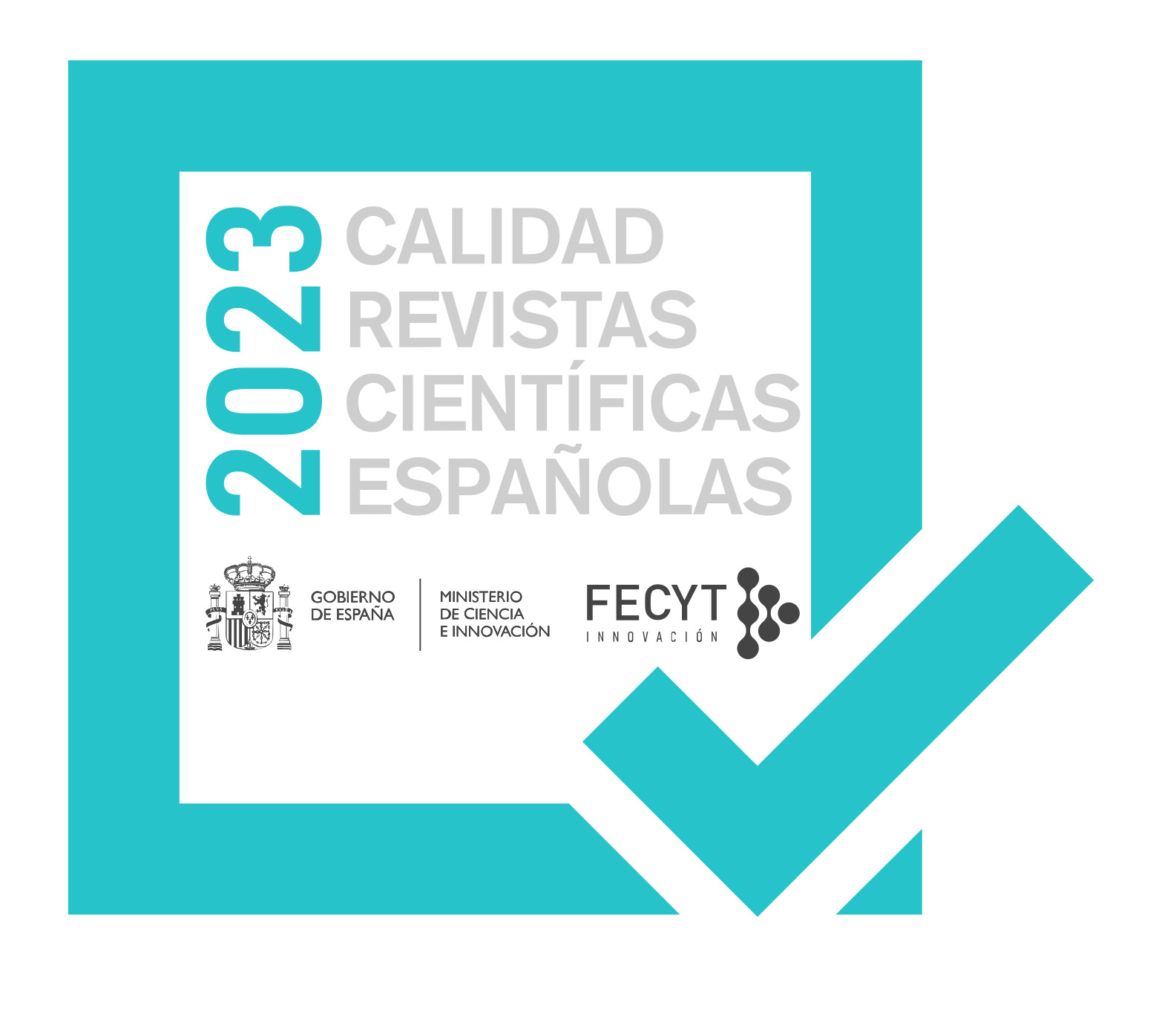The Cosmic Symbolism of the Church and the Mystical Liturgy of the Logos in Inauguration Anthems of Hagia Sophia and the Mystagogia of Maximus the Confessor
Abstract
This article is devoted to the search of the traces of the Jewish conception of the cosmological and mystical celestial tabernacle and the temple in the architectural symbolism of the Christian church represented in the Syriac sugitha and the Greek kontakion dedicated to the churches of Hagia Sophia in Edessa and Constantinople. These texts are characterised by the presence of an idea of the “bridal chamber” and by the re-comprehension of the mystical conceptions of an “animate architecture”, which leads to the the merging the boundaries between the architecture of the church and the soul, interpreted as a “little church,” which will be later developed in detail by Maximus the Confessor in his Mystagogia. Therefore, in the concluding part this work of St. Maximus is taken into consideration, where one can find the continuation of the Jewish-Christian mystical and theological conceptions, which in the writings of this author were interlaced with the Neo-Platonic and Neo-Pythagorean theories. By the numerological symbolism inherent in these theories Maximus the Confessor, probably, incorporated his conception of the soul representing the church into the general cosmological symbolism.
Downloads
Article download
License
In order to support the global exchange of knowledge, the journal Eikon Imago is allowing unrestricted access to its content as from its publication in this electronic edition, and as such it is an open-access journal. The originals published in this journal are the property of the Complutense University of Madrid and any reproduction thereof in full or in part must cite the source. All content is distributed under a Creative Commons Attribution 4.0 use and distribution licence (CC BY 4.0). This circumstance must be expressly stated in these terms where necessary. You can view the summary and the complete legal text of the licence.











